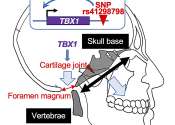Unjamming the genome after DNA damage: A gene regulatory multi-tool has yet another function
A protein complex that is involved in nearly every step in the regulatory control of gene expression in cells has now been shown also to play a key role in clearing potential traffic jams in the production of RNA.







